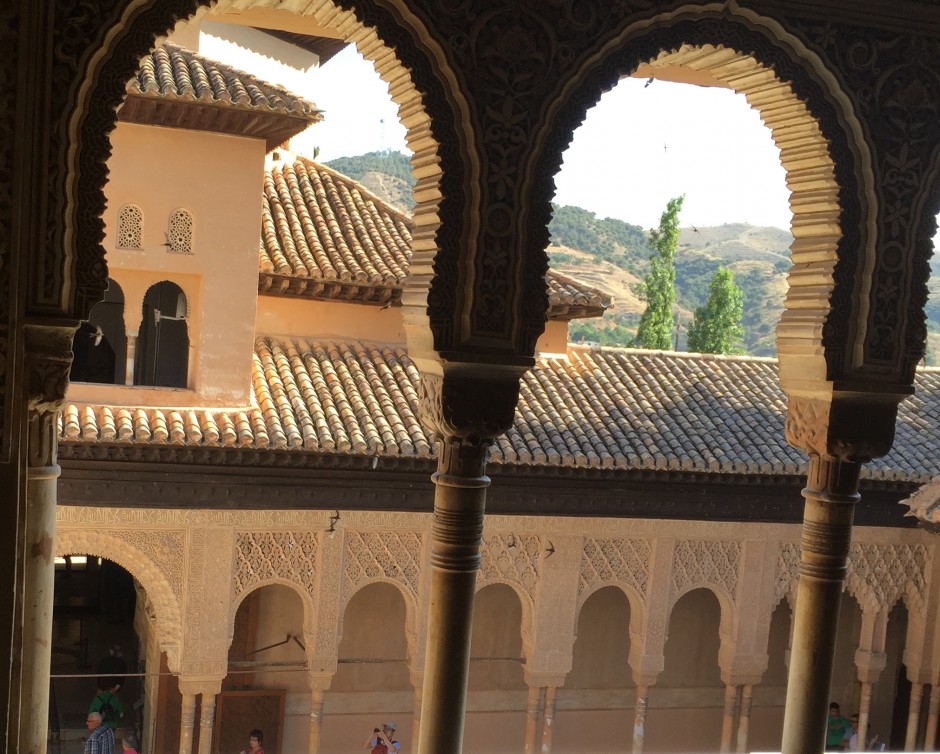This set of readings basically outlined, as the title would suggest, the Christian conquest and settlement of parts that were inhabited by the Muslims starting in 1238. The first piece outlined the conquest of Valencia. I was surprised by how noble and peaceful this whole ordeal came off. I was expecting a document describing a blood bath and forced exile of the Muslims, but actually the it revealed that the Christians were quite compassionate towards the Islamic people. The noblemen decided to give the Muslims five days to leave, allocated for the amount of time it would take to pack up and gather themselves. To add to this, the Christian conquerors vowed to protect the Muslims on their journey all the way to Cultera. It was clear that the Christians wanted a peaceful transfer of power. I could not help but remember Obama’s speech about a peaceful transfer of power to Trump. However, it seems that the upcoming transfer of power may be less peaceful than the one back in 1238. Once Christians got settled, they divided up the land as fairly as possible.
The next reading displayed what a typical surrender agreement looked like in those days. It talks about the protection to Cultera along with the proposal that Moors have the option of staying and those who do will be protected. The document continued with a “surrender constitution” outlining the rules and procedures of a surrender. The next document talks about the conquest of Seville, including a Muslim perspective. In this perspective, a poem is written by Abu al-Baqa al-Rundi as basically a call for help in fighting the Christians and keeping Seville. After all, it is known to have the most praised and beautiful land in Spain.
The last third of the readings gave a military perspective and described the resettlement and the redistribution of land. One of the more interesting discoveries I found regarding the soldiers was that each soldier was paid based on the weaponry that they had. The better the weaponry, the more they were paid when they would conquer a new village. It never gave much of a reason as to why this was the case, but made it clear that these were normal proceedings. As for the resettlement and redistribution of land document (translated by none other than Thomas Glick), it described the process of how this was done. Clearly one of the most important things you can do right after a conquest is to populate the new land with your people. The land was distributed to each person based on their status in society. This included from knights and foot soldiers down to the peasants.
These readings directly relate to the Alhambra. For one, the Alhambra was inhabited by Muslims originally and then taken over by Christians. In the conquests of Seville and Valencia, the soldiers were clearly not savages to the Muslims. They did not burn down the villages and kill the people. They respected the the former inhabitants and the significance of their space. The same happened with the Alhambra in the transfer of power to the Christians. Some of the Muslim architecture was destroyed. However, much of it still remains. As we have read previously, the ruling Monarchs made a conscious decision to keep some of the Muslim structures and simply wanted to add Christian markings to the spaces around them. The Christians had a sense of nobility and honor during their conquests and a lot of that is reflected in the architecture.
